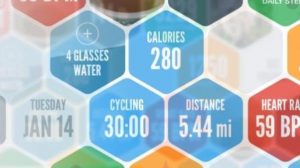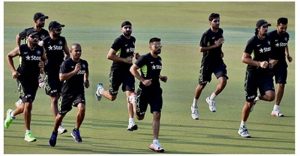
In a city like Mumbai, where there’s not enough open space, no big parks, not many swimming pools for the public, how do you expect the people to know swimming?
So it doesn’t come as a surprise when most Mumbaikars don’t know how to swim.
And that’s true of many other big cities in India.
Even Aamir Khan didn’t know swimming for a long time. He finally learnt to swim because his movie ‘Talaash’ required him to swim for a scene (yes, just for one scene…after all he’s a perfectionist).
Though most gyms and club houses do have swimming pools, mind you, they’re definitely NOT Olympic size swimming pools. So if you’re keen to take up swimming seriously, sooner or later you’ll have to find a full-length swimming pool to practice (unfortunately, there are very few available).
Read: ‘Indian swimmers need top-class facilities’
Read: Swimming could be India’s next emerging market
Mumbai dumps tons of human waste in sea daily, think twice before swimming
Mumbai dumps tons of human and kitchen waste in sea daily, and most of it is dumped totally untreated. So if you were planning to take your kids for a swim in one of these Mumbai beaches, you need to think twice.
A recent study highlights the health risk of untreated sewage after the presence of multi-antibiotic resistant E-coli–a bacteria that indicates fecal contamination–in water samples from Juhu, Versova, Mahim, Dadar and Girgaum beaches. Not only were the fecal bacteria counts far beyond permissible limits, 95% of it are resistant to various antibiotics.
“This (study) highlights the need for government authorities to take effective measures to reduce pollution of beaches to avoid serious consequences,” the study said.
- Around 2,100 million litres a day (MLD) of waste water sewage is released in the Arabian sea and the creeks
- A global study done recently found that the sea near the Mumbai coast was among the world’s most polluted
In case, you are wondering where does Mumbai’s waste go after you flush it down the toilet, read here.









Leave a Reply